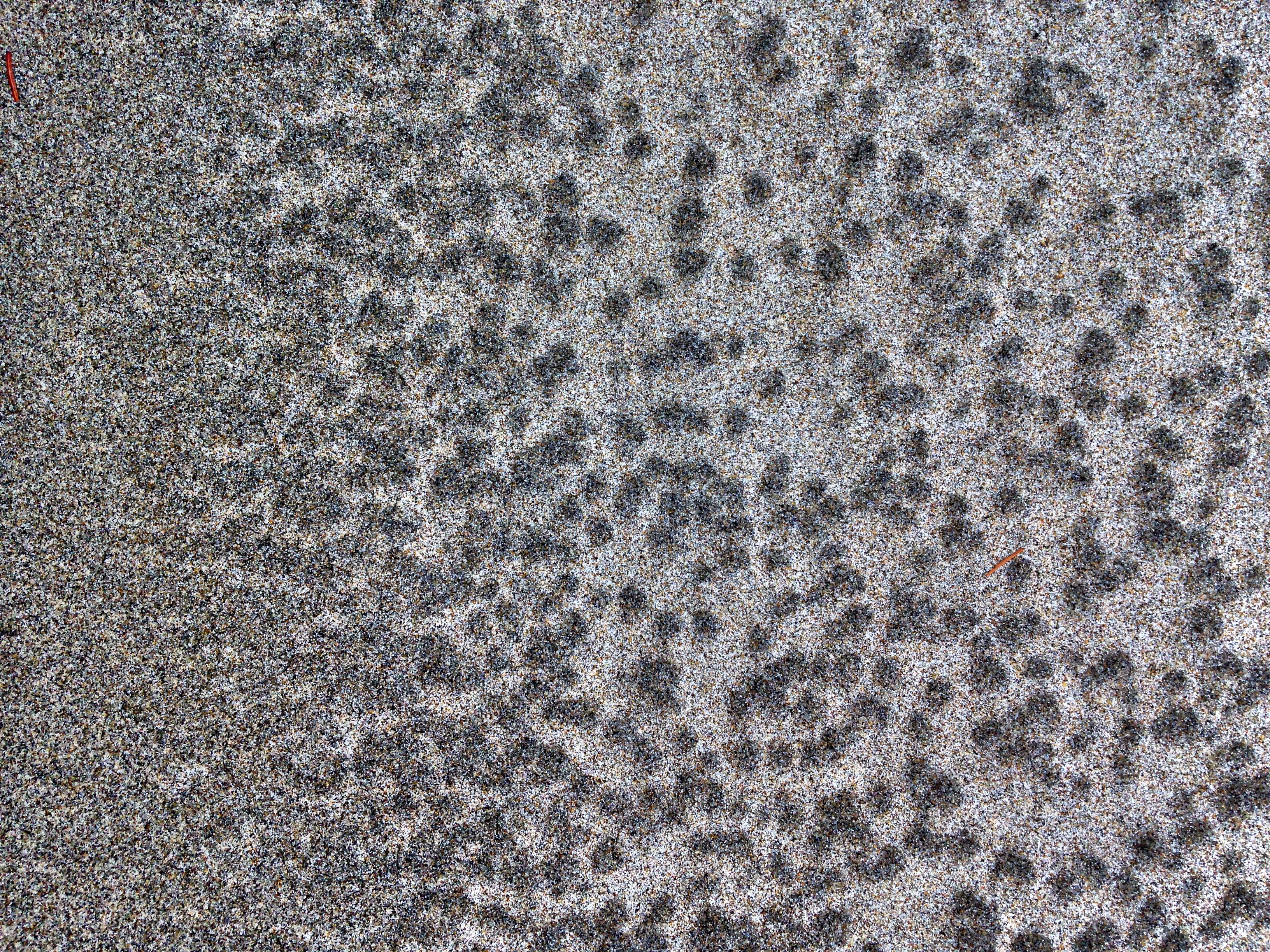“My art is fed by every emotion.”
—Andy Goldsworthy
…………………
When I first saw the work of land artist Andy Goldsworthy, I was blown away. This was followed by envy that someone wasn’t paying me to prance around in the woods collecting and assembling leaves and twigs. Then I realized I was being an idiot. You do what you love because you must, just as I do when I scour a beach or the forest floor, not for anything particular, just for a thing of beauty that captures my attention. Only no one is paying me for it.
But I do use these things, not only as inspiration for artwork and jewelry, but as an essential clearing of the head. Nothing like a humbling dose of nature to remind you of your relative insignificance. I often gawk at what’s before me wondering why I bother making art or objects when nature has already done it. But then I soldier on and tuck these inspirations away for later.
I imagined that everyone was familiar with Goldsworthy so why bother with a post. It turns out many have never heard of this enchanted creature of the forest. He’s just come out with a new book—Ephemeral Works: 2004–2014, and was recently interviewed on Fresh Air. If that isn’t enough to satisfy your curiosity, you must watch the excellent documentary Rivers and Tides where you can watch him at work.
Having been a collector of twigs, mushrooms, bark, leaves and stones for some time, as well as images of them, I was so delighted to know that someone had elevated all that to something so magical. Magical, because he has an innate sense of how light works on physical objects and how to surprise the viewer with the unexpected. He isn’t just assembling found objects; he creates illusions. The bamboo on the right is placed in shallow water (I’m guessing) creating an illusion of a circular piece of art when it’s really just a reflection of the upper half. Similarly, in the leaf image on the left, there’s an illusion of a black center but it’s just the contrast and concentration of the red.
It’s the ephemeral nature of most of his work that I’m particularly intrigued by though. Aside from his large-scale paid and permanent commissions, his work might either melt (he works with ice), blow away (twigs hanging from trees) or be swept away by the currents (strings of leaves floating down a river). This idea of impermanence is a core concept of the Japanese aesthetic of wabi-sabi, an aesthetic that is at the core of how I approach art and object making.
It is as much psychological as it is visual. The visual part is easier. I know what aesthetic I’m trying to achieve and what inspires me. The psychological part is more of a challenge because it often requires welcoming mistakes, not being attached to results and creating a “finished” piece without it feeling too finished. Both parts are a journey but the mindset part is no doubt a longer one.
Nature is the best teacher of this concept because of its inherent impermanence and unpredictability. In the Western world, we seek perfection and “finished” means no mistakes. But most of us can look at nature as being finished and beautiful even with (or because of!) all its imperfections. We sometimes look at art that way. We less often view people in that way. So, I return to nature over and over again hoping it will teach me something. It always leaves me with visual inspiration like some of these recent images from the Oregon coast. Enjoy.





